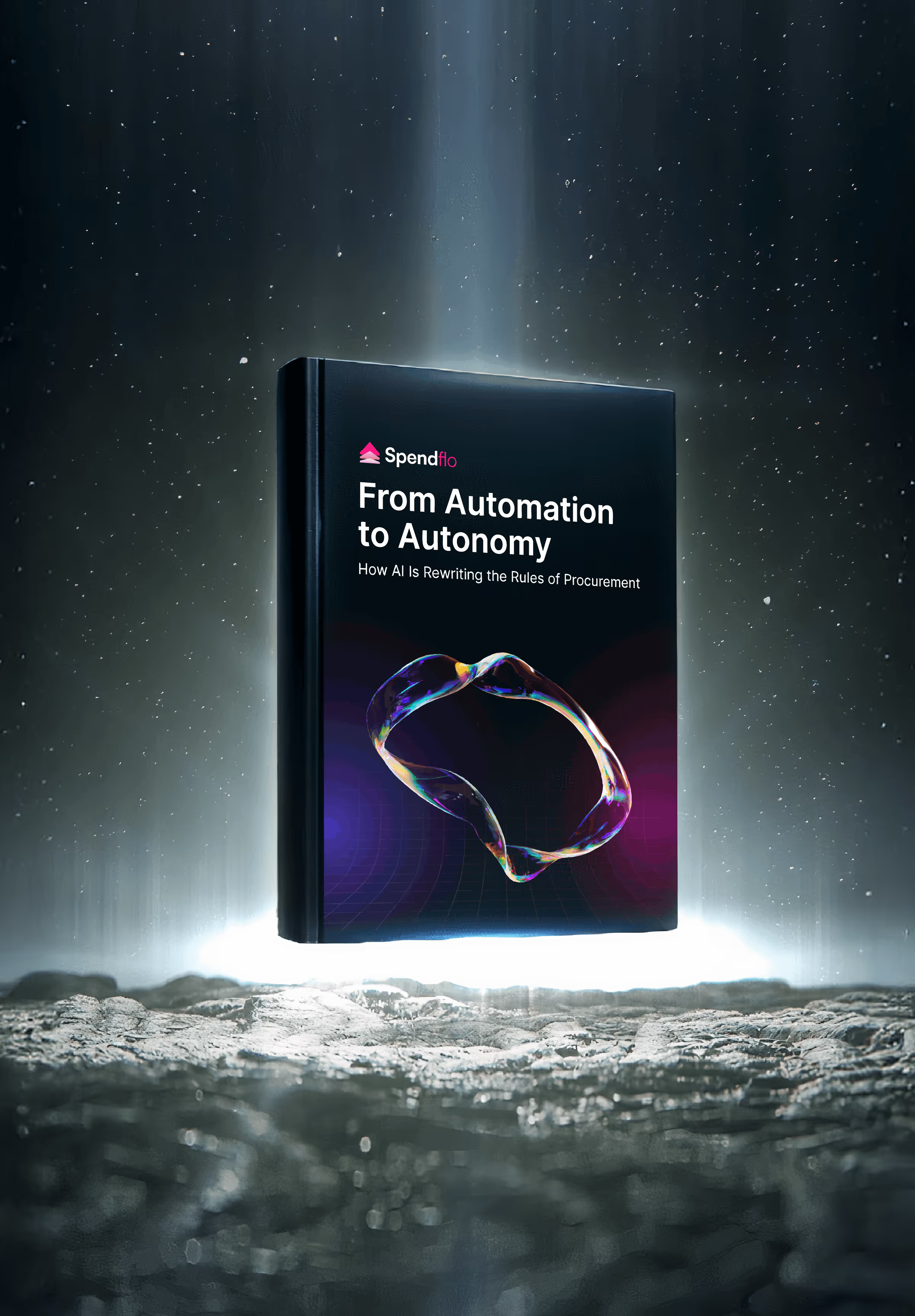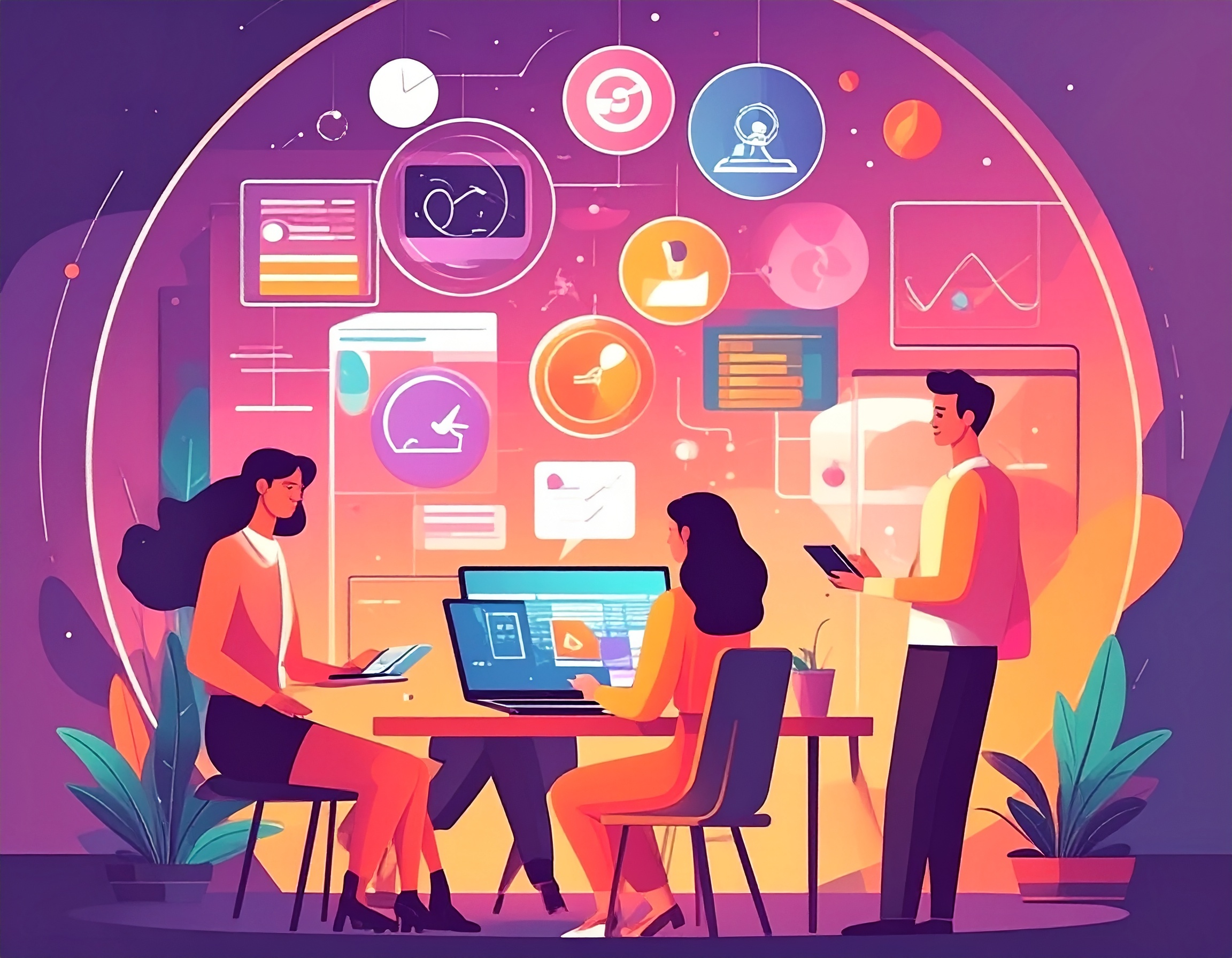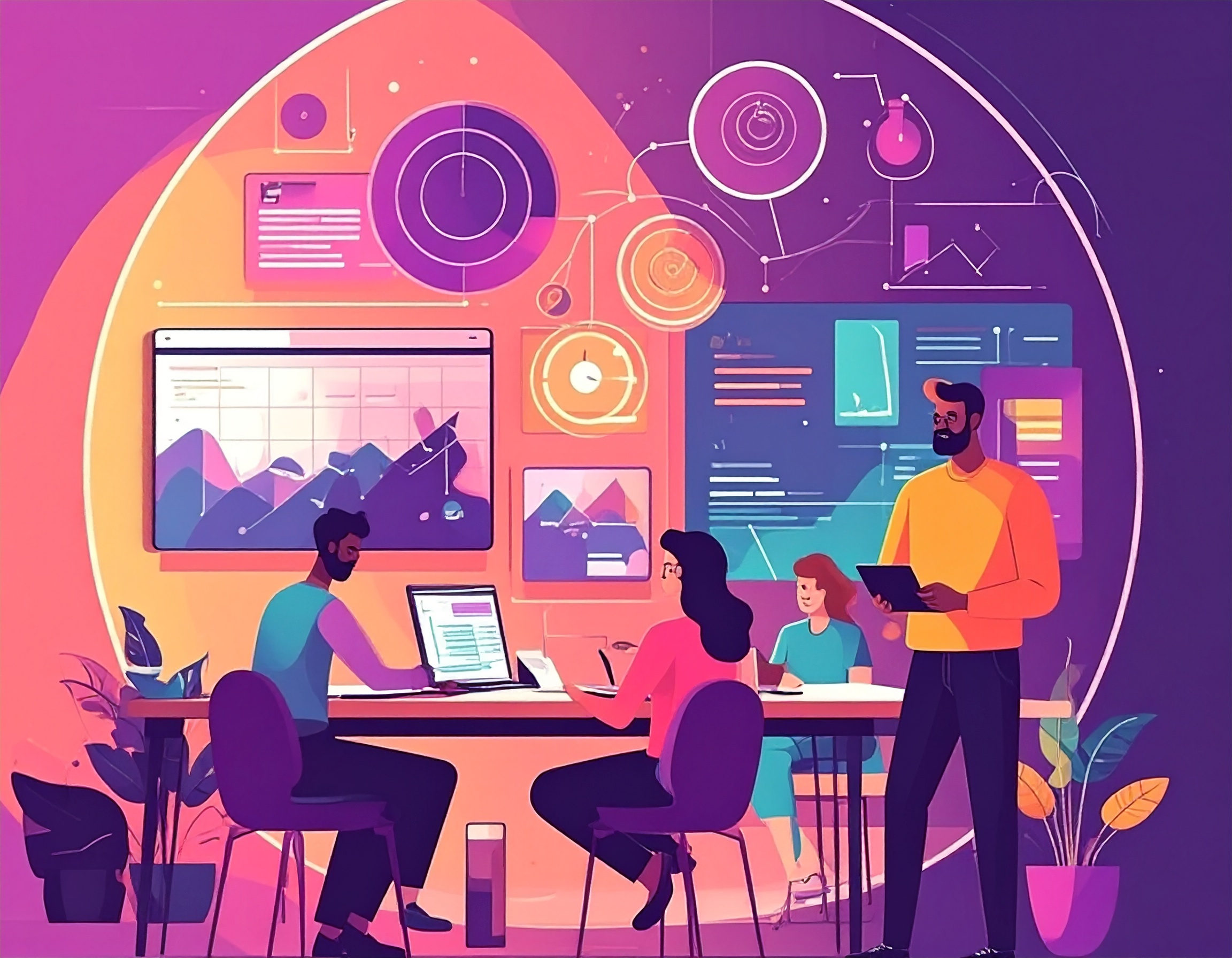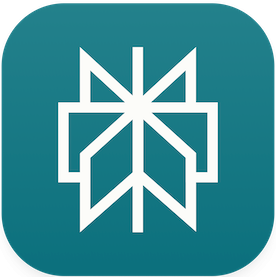

An Ultimate Guide to ERP in Procurement in 2025

An Ultimate Guide to ERP in Procurement in 2025
Explore how ERP procurement systems improve efficiency, visibility, and control in 2025 with key features, benefits, and implementation tips.


“Nearly 70% of procurement leaders say they struggle to manage vendors efficiently due to disconnected systems and manual approvals.” - Deloitte, 2024.
Procurement teams today face growing pressure to deliver results faster, control costs, and stay compliant while managing an expanding list of vendors. In 2025, the answer lies in modern ERP procurement systems.
These platforms go beyond digitizing purchases; they bring structure, speed, and visibility to every stage of procurement. As organizations shift toward digital-first operations, ERP tools are becoming essential for smarter, faster, and more connected procurement.
What Is ERP In Procurement?
ERP in procurement is the process of managing purchasing within an Enterprise Resource Planning system. It centralizes data, automates tasks like requisitions, vendor tracking, and invoicing, and connects departments. This setup improves visibility, ensures compliance, and helps control overall spending.
Why Do You Need ERP To Streamline Procurement Process?
Modern procurement isn’t just about finding the lowest price. It’s about controlling costs, improving compliance, and keeping operations efficient. Manual systems can’t handle today’s fast-moving demands. That’s why ERP in procurement is essential.
An ERP connects purchasing, finance, and inventory into one system. It automates approvals, centralizes data, and ensures every purchase is tracked from request to payment. With ERP, teams save time, reduce errors, and make smarter decisions backed by real-time data.
Here’s how to use an ERP to improve your purchasing processes:
1. Better Management of Purchase Orders
ERP systems simplify purchase order management by automating approvals and reducing manual steps. Teams can create, track, and approve orders within minutes instead of hours. This leads to fewer bottlenecks, faster procurement cycles, and more control over spending.
2. Optimized Supplier Relationship Management
With centralized data and automated communication tools, ERP platforms help you manage supplier relationships with ease. Procurement and finance teams gain shared access to vendor performance data, enabling clearer communication, faster issue resolution, and stronger long-term partnerships.
3. Time Savings and Improved Productivity
Automated workflows eliminate repetitive tasks such as data entry, purchase tracking, and invoice matching. Procurement teams can focus on analysis and strategy, saving valuable hours every week and boosting productivity across departments.
Components Of An ERP Procurement System
An ERP procurement system is made up of several interconnected modules, each playing a vital role in creating a smooth, automated purchasing experience. These components work together to ensure procurement teams operate efficiently, minimize errors, and maintain full control over spend.
Below are the core components that define a modern ERP procurement system:
1. Purchase Requisition Management
This is the first step in the procurement cycle. ERP systems allow users to create, submit, and track purchase requisitions in a structured workflow. Automated approval chains ensure that every request is properly reviewed before moving forward, reducing delays and unauthorized purchases.
2. Supplier Management
ERP procurement systems consolidate supplier data - such as contracts, contacts, and past performance - into one place. This helps procurement teams onboard suppliers faster, maintain consistent communication, and monitor supplier compliance and risk. It also acts as a supplier database, storing all vendor-related information in one place for easy access and evaluation. Efficient supplier onboarding reduces delays and ensures compliance from the start of the procurement process.
3. Invoice and Payment Processing
ERP tools match purchase orders with goods received and vendor invoices, ensuring accurate payments through a three-way match process. This not only reduces payment errors but also improves cash flow by enabling timely, scheduled payments.
4. Contract Lifecycle Management
Managing contracts manually can lead to missed renewals or compliance issues. ERP systems streamline the entire contract lifecycle - from creation and approval to renewal and audit tracking - ensuring terms are followed and procurement policies are enforced.
Together, these components form the foundation of an efficient ERP procurement system, enabling businesses to automate tasks, improve oversight, and cut down procurement cycles.
E-Procurement vs. ERP: Which System Solves Your Procurement Challenges?
Both eProcurement systems and ERP platforms aim to simplify purchasing, but they do it in different ways. While ERP solutions bring procurement under a single company-wide system, eProcurement tools are built to handle purchasing-specific tasks faster and with greater flexibility.
If you’re trying to decide which procurement system solves your pain points best, the table below breaks down their main differences.
Comparison: E-xProcurement vs. ERP
Challenges of Setting Up & Implementing ERP Procurement
While ERP procurement systems offer numerous benefits, implementing them is not without its challenges. Organizations must plan carefully, allocate resources, and ensure stakeholder buy-in to avoid common pitfalls.
Here are some of the biggest challenges businesses face during ERP procurement implementation:
1. High Implementation Costs
Initial setup involves significant investments in ERP software licenses, consulting, training, and hardware upgrades. For many businesses, the cost of adopting an ERP solution can become a barrier, especially when combined with the time required for full rollout.
2. Data Migration and Integration Complexity
Moving data from legacy systems into an ERP platform requires careful mapping and cleaning. Incomplete or inaccurate data migration can cause disruptions in procurement workflows and limit the usefulness of the ERP system.
3. User Resistance and Change Management
Employees used to manual processes or standalone tools may resist switching to a new system. Without proper training and communication, user adoption can lag - delaying the benefits of ERP and impacting productivity.
4. Lack of Customization and Scalability
Some ERP systems are rigid or too generic. If the platform doesn't support the unique needs of the organization or fails to scale with business growth, teams may find themselves constrained by workflows that don’t fully align with their requirements.
Overcoming these challenges requires clear implementation planning, executive sponsorship, and ongoing support. When done right, ERP procurement becomes a long-term asset - not a short-term disruption.
Benefits of Integrating ERP & Procurement
When ERP and procurement systems work together, organizations gain better control, visibility, and efficiency across every stage of purchasing. Integration removes silos between departments, making procurement a connected part of the larger business ecosystem.
Here are the key benefits of this integration:
1. Centralized Data and Processes
An integrated ERP system brings all procurement data vendors, contracts, requisitions, and payments into one platform. This ensures consistency across teams and simplifies tracking, approvals, and audits.
- Enables faster access to critical supplier and contract information.
- Improves category intelligence by linking spend, usage, and supplier metrics.
2. Real-Time Spend Tracking
With procurement data flowing directly into the ERP, finance and procurement teams get instant visibility into spending. This helps identify budget gaps early and supports faster, data-driven decisions.
- Reduces time spent reconciling invoices and purchase orders.
- Provides up-to-date analytics to forecast spend patterns accurately.
3. Automated Workflows and Reduced Errors
ERP integration removes manual effort from key procurement workflows such as approvals, purchase orders, and invoice matching.
- Cuts down on duplicate entries and approval delays.
- Frees up teams to focus on value-driven sourcing activities.
4. Improved Forecasting and Budgeting
Accurate, centralized data helps finance teams plan budgets and predict future purchasing needs with confidence.
- Historical spend analysis improves long-term forecasting accuracy.
- Promotes proactive cost control and better supplier negotiations.
5. Supplier Qualification Management
ERP-driven Supplier Qualification Management simplifies onboarding and collaboration while helping you mitigate supplier risk.
- Centralizes qualification data and compliance records for each vendor.
- Ensures only pre-vetted suppliers participate in sourcing events, reducing procurement delays.
6. Optimizing Sourcing Productivity
Integrated analytics tools help procurement teams deliver greater value through strategic sourcing.
- Identifies opportunities for savings through category analysis and supplier performance data.
- Enables faster sourcing cycles and measurable ROI on procurement activities.
7. Tracking Environmental Impact
ERP and procurement integration supports sustainability goals by tracking emissions and waste through AP invoices and vendor data.
- Offers visibility into supplier-level carbon footprints.
- Helps procurement teams align sourcing with ESG compliance objectives.
Essential Features of an ERP Procurement Solution
An efficient ERP procurement system goes beyond basic automation. It must provide the flexibility, visibility, and scalability that modern businesses need to manage procurement across multiple departments, geographies, and suppliers. Below are 13 essential features that define a high-performing ERP procurement solution:
1. Customizable Approval Workflows
Every organization has unique approval hierarchies. A good ERP system lets you define workflows based on purchase value, category, or department, ensuring faster processing without compromising control.
What to look for
- Role-based approval routing
- Value-based or department-based conditions
- Escalation triggers for delayed approvals
2. Real-Time Analytics and Dashboards
Dashboards display key procurement metrics - like spend by vendor, pending approvals, and budget utilization - allowing teams to make informed decisions quickly.
What to look for
- Spend by category, vendor, and department
- Budget vs actual tracking
- Customizable KPIs and visual reports
3. Mobile Accessibility
Procurement teams are no longer tied to their desks. Mobile-friendly ERP systems enable users to approve requests, check order status, and manage tasks on the go.
What to look for
- Mobile-friendly UI for requisition and approvals
- Push notifications for pending tasks
- Secure mobile access with SSO
4. Integration with Financial Systems
Seamless integration with accounting and finance tools ensures that purchase orders, payments, and expense tracking are all aligned - eliminating duplicate entries and financial blind spots.
What to look for
- Two-way sync with accounting or ERP modules
- Automated GL coding
- Real-time budget impact updates
5. Role-Based Access Control
To maintain data integrity and security, ERP platforms must allow administrators to control who can access or modify specific procurement functions or data.
What to look for
- Permissions by role, department, or location
- Audit logs for access changes
- Approval visibility restrictions
6. Automated Purchase Order Generation
Once a requisition is approved, the system should automatically generate and send purchase orders to vendors - reducing delays and manual errors. This streamlined purchase order management ensures accuracy and keeps procurement cycles on track.
What to look for
- Auto-PO from approved requisitions
- Pre-approved vendor catalogs
- Dynamic PO numbering and tracking
7. Multi-Currency and Multi-Location Support
For global operations, an ERP system must support multiple currencies and accommodate regional procurement policies or tax requirements.
What to look for
- Real-time exchange rate updates
- Country-specific tax and compliance rules
- Location-based approvals and shipping options
8. Inventory Management Integration
ERP systems that integrate procurement with inventory control help maintain optimal stock levels, avoid over-ordering, and trigger reorders automatically based on usage patterns.
What to look for
- Auto reorder triggers based on stock levels
- Real-time inventory syncing
- Stock reservation tied to purchase orders
9. Supplier Performance Monitoring
Tracking vendor performance in terms of delivery timelines, quality, and responsiveness helps teams choose the right partners and renegotiate contracts when needed.
What to look for
- Delivery SLA tracking
- Vendor rating system
- Compliance and issue logging
10. Contract Compliance Tracking
ERP systems should ensure that purchases align with agreed contract terms. This prevents maverick spend and strengthens vendor compliance.
What to look for
- Alerts for off-contract purchases
- Contract milestone and expiry reminders
- Spend vs contract terms reporting
11. Audit Trails and Reporting
Detailed logs of all procurement actions - from requisition to payment - are essential for audits, financial reviews, and internal accountability.
What to look for
- Time-stamped logs for every action
- Exportable audit reports
- User and system-level logs
12. Alerts and Notifications
Automated alerts for pending approvals, budget overruns, or expiring contracts help teams stay on top of procurement activities and avoid unnecessary delays.
What to look for
- Custom triggers for budget overruns
- SLA or delivery issue alerts
- Renewal and expiry notifications
13. Cloud-Based Deployment
Modern cloud ERP systems offer cloud-based access, which allows for easier updates, lower IT overhead, and remote collaboration across global teams.
What to look for
- Browser and device compatibility
- Auto-updates and patching
- Scalable hosting with high uptime SLAs
Together, these features ensure that ERP procurement systems are not just efficient but also scalable, secure, and aligned with strategic business goals.
How Spendflo Integrates with ERP Procurement Systems
Many finance and procurement teams still waste hours reconciling data between tools, missing renewals, and overpaying for unused software. That’s exactly what a fast-growing SaaS company faced before turning to Spendflo. Within three months of integrating Spendflo with their ERP, they gained complete visibility into vendor contracts and saved over 30% on software renewals all without changing their ERP system.
Disconnected procurement systems don’t just slow you down, they limit your control, inflate costs, and put compliance at risk. Spendflo solves this by working alongside your ERP to automate approvals, centralize vendor data, and surface savings in real time. It’s the smarter, faster way to bring your procurement under control.
Ready to simplify procurement and start saving? Book a demo with Spendflo today.
Frequently Asked Questions on ERP in Procurement
What are the benefits of ERP in procurement?
ERP systems centralize procurement data, automate manual tasks, improve spend visibility, and enforce compliance policies. This leads to cost savings, faster cycles, and better decision-making.
How does ERP improve the procurement cycle?
ERP streamlines the cycle from requisition to payment. It automates approvals, standardizes vendor selection, and ensures real-time tracking of purchases - reducing delays and errors.
What challenges come with ERP implementation in procurement?
Common issues include high upfront costs, complex data migration, user resistance, and lack of system customization. These can be mitigated with clear planning and stakeholder engagement.
Can small businesses benefit from ERP procurement systems?
Yes. Scalable ERP solutions can help small businesses automate purchasing, control spend, and grow without adding manual workload or infrastructure overhead.
How often should ERP systems be reviewed or updated?
ERP systems should be reviewed annually or during major business changes. Regular audits ensure the system continues to meet evolving procurement and compliance needs.
What’s the difference between ERP procurement and standalone procurement software?
ERP procurement integrates with other business functions like finance and inventory, offering a unified view. Standalone software may offer deeper procurement features but lacks full business integration.










.png)




.png)










.avif)





